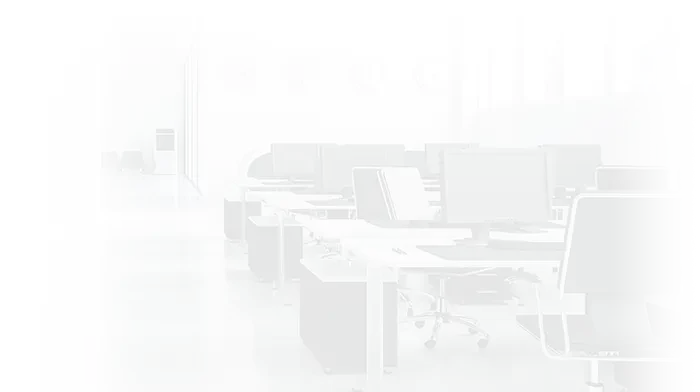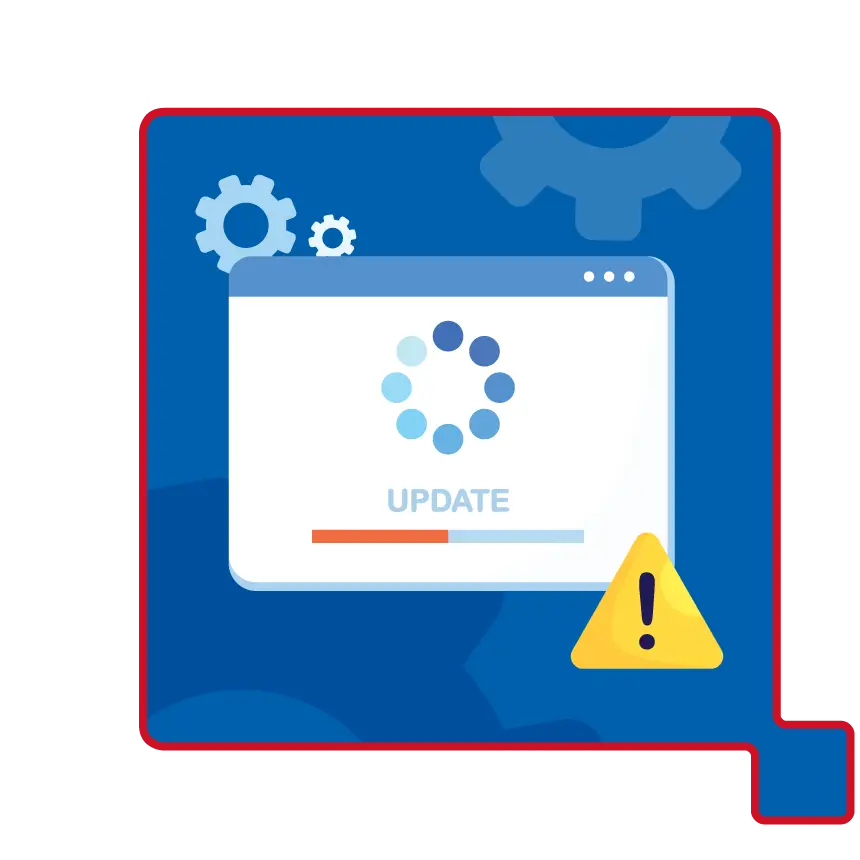For years, Microsoft Windows has been the backbone of business operations—powering everything from frontline teams to back-office systems. But a big change is coming. On October 14, 2025, Windows 10 will reach end of life (EOL).
We’ve seen Microsoft retire operating systems before, but this time it’s different. Cyber threats are more sophisticated than ever, compliance requirements are tightening, and businesses are more reliant on technology to keep operations running. Simply put, staying on Windows 10 past its EOL date isn’t just risky—it could be business-critical.
When Windows 10 General Support ends, Microsoft will no longer provide security updates, bug fixes, or technical support. That means businesses will face heightened security risks, as vulnerabilities will no longer be patched, making them prime targets for cyberattacks. Compliance challenges will also arise, particularly for industries with strict regulatory requirements, where running unsupported software could result in penalties or legal exposure. Operationally, businesses may struggle with performance issues as older applications become incompatible, leading to system crashes, slow responsiveness, and unexpected downtime.
Windows 11 isn’t just a routine upgrade—it’s a step forward in security, performance, and usability. It comes with built-in protections, enhanced system efficiency, and a seamless user experience designed for today’s fast-moving, digitally connected workplaces. With features like Secure Boot, hardware-based isolation, and advanced threat protection, it provides stronger security out of the box. Performance improvements mean better battery life, faster load times, and a smoother experience for employees working across multiple applications. The redesigned interface makes collaboration easier and more intuitive, allowing teams to work more efficiently, no matter where they are.
This transition is more than just a one off IT project—it’s an opportunity to rethink your entire technology stack. Many businesses are still relying on on-premises infrastructure that wasn’t built for the demands of hybrid work. Aging hardware may not be compatible with Windows 11, meaning now is the perfect time to assess whether your devices are helping or hindering productivity. Legacy applications may not transition smoothly, which makes it critical to evaluate whether certain systems should be modernised or replaced. IT management strategies can also be reassessed, with the Windows 10 EOL serving as a catalyst for businesses to move towards cloud-based solutions, enhanced security postures, and more flexible, scalable infrastructures fit for the modern workplace.
But there’s another challenge looming—supply shortages. As the deadline approaches, demand for new hardware will surge, and businesses that wait too long may struggle to source compatible devices in time. Delaying your upgrade could mean extended lead times, operational disruptions, and last-minute scrambles to secure the technology you need. Acting now ensures you get ahead of the rush and avoid unnecessary downtime.
Ricoh can help you make this transition smoothly, ensuring your business is ready for what’s next. Our Windows 11 Readiness Assessment provides a clear roadmap for your upgrade, helping identify what needs attention and what’s already compatible. Our seamless migration services minimise disruption, keeping your business running smoothly throughout the transition. And beyond the upgrade, our ongoing support ensures your IT environment remains secure, optimised, and future-proofed.
With the deadline fast approaching, now is the time to start planning. Talk to Ricoh today and turn this transition into an opportunity for smarter, more secure business operations.



